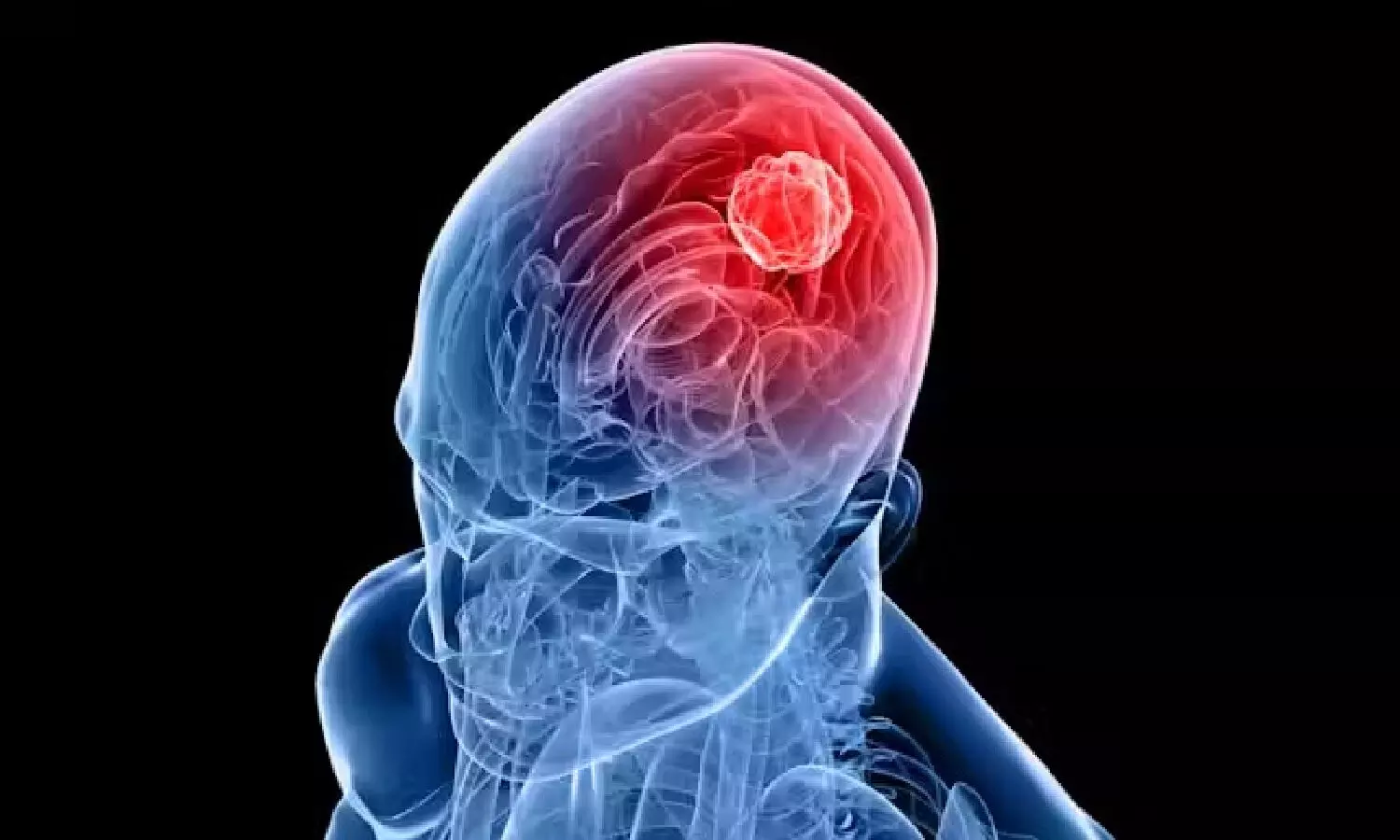Glioblastoma Awareness Day: India reports 23,000 cases daily; urgent need for early diagnosis, research
‘23,000 glioblastoma cases daily in India’: This aggressive brain cancer needs early detection, research
By Neelambaran A
Hyderabad: Glioblastoma is the most aggressive and common form of primary brain cancer, which accounts for about 15 per cent of all brain tumours. This Grade IV astrocytoma typically affects adults over 40 years and carries a devastating prognosis, with a median survival of 12-18 months despite all available treatments.
The tumour grows quickly, infiltrating healthy brain tissues, making complete surgical removal nearly impossible. The standard treatment procedure involves surgery followed by radiation therapy and chemotherapy with temozolomide.
23,000 glioblastoma cases per day
In India, there are around 23,000 glioblastoma cases per day, considered higher incidence rates along with North America, Australia, Northern and Eastern Europe. The survival rate in India is around 34 per cent, which is considered low.
The common symptoms, which are vague most of the time, include headaches, seizures, cognitive changes and neurological deficits depending on tumour location. There is continuous research into immunotherapy, targeted therapies and novel drug delivery methods to improve outcomes for patients facing this challenging diagnosis.
Dr Nishith Vaddiboina, a senior consultant medical oncologist, Renova Century Hospital, Hyderabad, said, “The glioblastoma can be aggressive and devastating not just for the patient but for the entire family, given the pace of destruction it can create in a short time, providing less room for treatment and recovery, besides very low survival rate”.
Advanced treatments may fall short too
Glioblastoma Awareness Day is observed every year on the third Wednesday of July, with the US-based National Brain Society selecting ‘It’s Time for a Better Chance’, as the theme, highlighting the ongoing efforts to improve early diagnosis and treatment.
“Even with surgery, radiation and chemotherapy, the average survival is around 12 to 15 months. And only a small percentage, less than 7 per cent, survive beyond five years. These are tough numbers, and they reflect the urgent need for awareness, early diagnosis and research,” Dr Nishith said.
What are the symptoms and treatment for glioblastoma?
What makes glioblastoma so challenging is that it often starts with vague symptoms, headaches, forgetfulness, mood changes or even seizures. Many times, people don’t realise it’s something serious until the tumour has grown large.
And even during surgery, it’s rarely possible to remove the entire tumour due to how deeply it infiltrates brain tissue.
Dr Nishith said, “We usually follow surgery with radiation and chemotherapy, often using an oral chemotherapy drug called temozolomide. But unfortunately, recurrence is common. In recent years, we’ve started doing more molecular profiling to guide treatment. Markers like IDH mutation, MGMT promoter methylation, help us personalise care to some extent and research is ongoing into newer approaches like immunotherapy, targeted therapy, and even tumour vaccines.”
In India, the lack of awareness about glioblastoma remains a major concern. Most patients visit the oncologists much later than the preferred time, after consulting several doctors for the vague symptoms, which are often mistaken for psychiatric or stress-related issues. The lack of access to MRI, neurosurgical expertise and pathology services in rural areas also delays diagnosis and treatment.
According to Dr Nishith, the patients face emotional and psychological burdens besides the medical challenge.
“Caregivers struggle with emotional burnout and patients often need not just medical care but other support systems like palliative care, neurorehabilitation and counselling,” he said.
The awareness day is not observed only for the medical community, but for the families, the patients, the survivors and the general public. The day emphasised the need to push for better access to care, more research and stronger support systems.